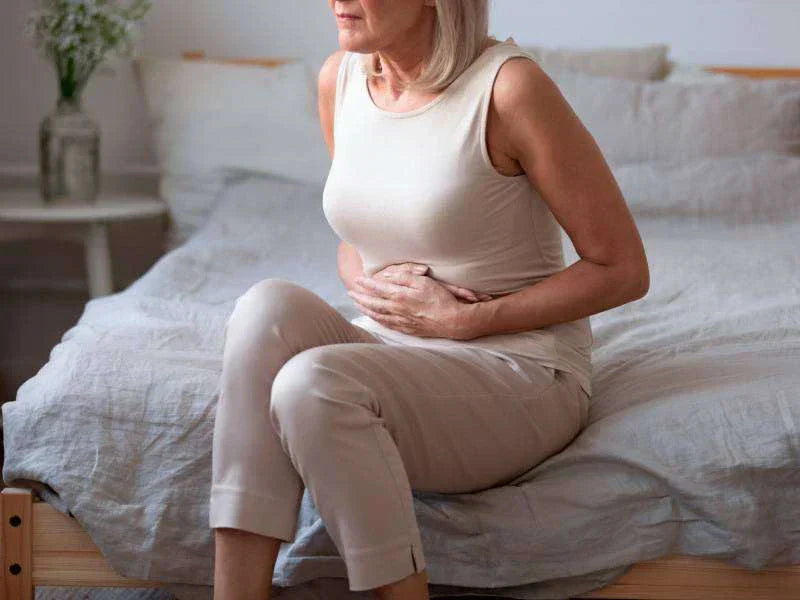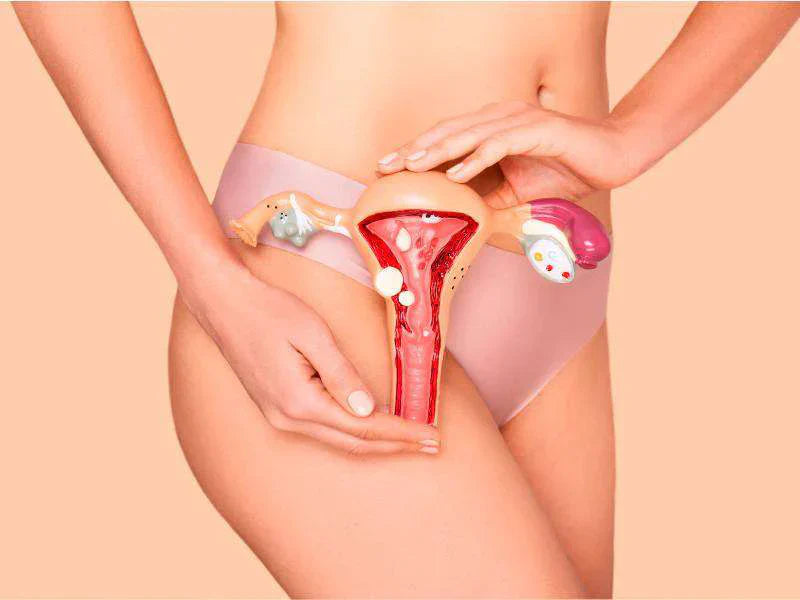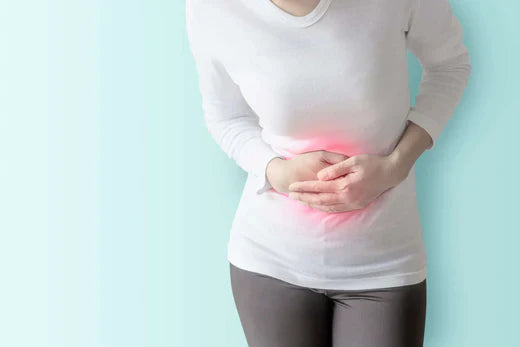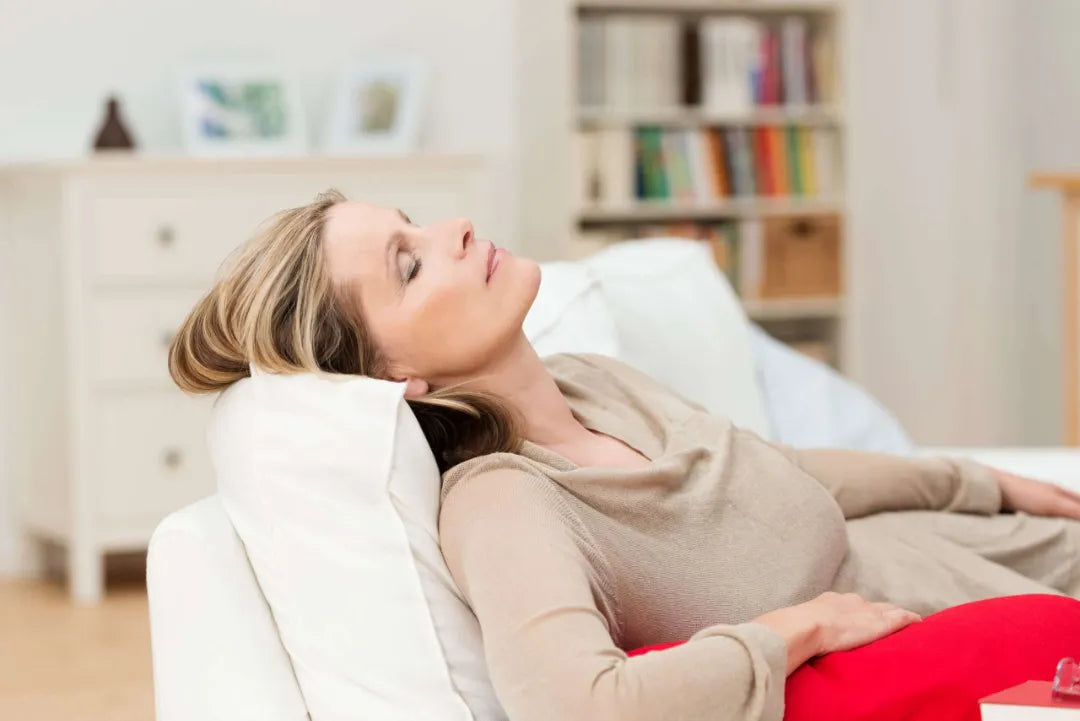Joint pain in menopause is a physical reality that many women experience. This actually happens at a time of great personal maturity. Furthermore, it may show up as morning stiffness. This stiffness invites you to move with greater awareness.
However, you do not have to allow these symptoms to stop your rhythm. You can take active steps to mitigate these symptoms. Therefore, understand the root of these symptoms, and celebrate this stage of your life with vitality. Consequently, you will discover why reduced hormonal changes directly impact your joint health. Moreover, we will provide practical strategies and valuable tips. These help relieve joint pain in menopause and maintain a full, active life.
Causes of joint pain in menopause

Furthermore, the appearance of joint sensations during menopause is not due to chance. It represents a physiological response to deep hormonal changes. Your body undergoes these changes.
Consequently, understanding the origin is important. This allows you to focus your relief strategy effectively. Specifically, oestrogen dramatically decreases. This hormone acts as a natural protector of the musculoskeletal system.
Impact of hormonal changes on joints
Certainly, oestrogens act as powerful anti-inflammatory agents. They are crucial for lubrication and articular cartilage health. However, the body’s ability to control systemic inflammation reduces due to their decrease. Thus, the body becomes more susceptible to arthralgia or joint sensations. Also, morning stiffness increases. Hence, the lack of this protection may cause greater susceptibility to inflammatory problems (1).
Relationship between menopause, osteoporosis, and osteoarthritis
Nevertheless, hormonal changes also increase the risk of chronic conditions that contribute to pain. Decreased oestrogen actually accelerates bone density loss. This is a risk factor for osteoporosis (2).
Furthermore, the lesser hormonal protective effect contributes to cartilage deterioration. This deterioration is known as osteoarthritis or arthritis (3). Indeed, osteoporosis does not always cause pain. In contrast, cartilage deterioration does. Similarly, you must monitor other risks. For example, the possible development of menopause and hypertension is important.
Effective strategies to relieve joint pain in menopause
Moreover, the good news is that specific actions exist. You can implement these to mitigate joint pain in menopause. Consequently, you can reclaim your quality of life. Therefore, you should not resign yourself. Alternatively, take control through a comprehensive approach. Combine medical guidance with positive changes in your routine.
Healthy lifestyle changes
Certainly, movement is your best defence against pain and stiffness. Likewise, a balanced diet and stress management offer significant results. Consider these pillars of wellbeing in your daily life:
-
Regular physical activity: Incorporate at least 150 minutes of moderate-intensity exercise per week.
-
Low-impact exercises: Practise walking, swimming, or yoga. These will help strengthen joints without overloading them.
-
Anti-inflammatory diet: Prioritise foods rich in omega-3 and antioxidants. Also, ensure you consume sufficient calcium and Vitamin D.
-
Control your weight: Maintaining a healthy weight reduces tension. This affects the joints that support your body.
When and why to consult a specialist
Evidently, joint pain can interfere with your sleep and emotional wellbeing. This affects your quality of life. However, facing this stage while celebrating your strengths allows you to maintain a full life. Therefore, knowing when to seek expert help is crucial. This ensures that sensations do not unnecessarily intensify.
Although joint pain in menopause is common, consult a professional if the sensation is intense or persistent. Also, consult them if it accompanies swelling. They can rule out other diseases and determine the most appropriate treatment. This may include hormone replacement therapy (3). Indeed, taking this initiative is a fundamental act of self-care.
Learn how Issviva can support you in managing joint pain during menopause. They offer expert advice, specialised products, and a safe community. This community actually accompanies you through every step of your transformation.
References
-
MedlinePlus. Cambios en la producción hormonal por el envejecimiento [Internet]. 2024 Jul 15. Available from: https://medlineplus.gov/spanish/ency/article/004000.htm
-
National Institutes of Health (NIH). Cómo controlar los síntomas de la menopausia [Internet]. 2025. Available from: https://salud.nih.gov/recursos-de-salud/nih-noticias-de-salud/como-controlar-los-sintomas-de-la-menopausia
-
Mayo Clinic. Dolor articular: Causas [Internet]. 2025. Available from: https://www.mayoclinic.org/es/symptoms/joint-pain/basics/causes/sym-20050668
-
Lancashire and South Cumbria NHS Foundation Trust. Perimenopause, menopause and pain. 2025. Available from: https://www.lscft.nhs.uk/services/service-finder-z/community-pain-service/perimenopause-menopause-and-pain
-
NHS inform. Treating menopause symptoms. 2025. Available from: https://www.nhsinform.scot/healthy-living/womens-health/later-years-around-50-years-and-over/menopause-and-post-menopause-health/treating-menopause-symptoms
You May Also Like

JOIN US AND GET 10% OFF
Sign up to our newsletter to access free resources, advice and support.















